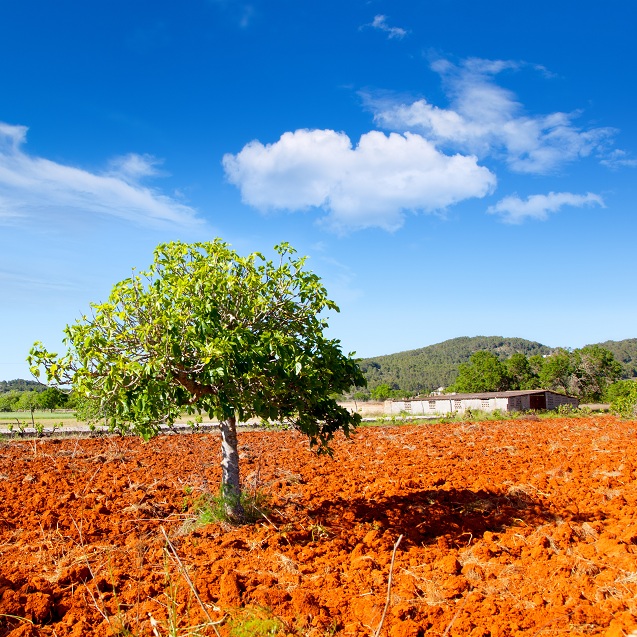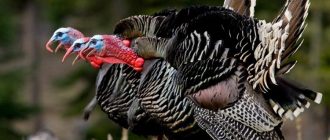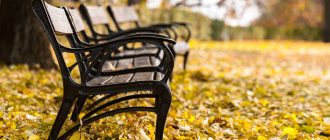Want to plant a brown turkey fig tree? Learn how to maintain the brown turkey fig tree in your garden…
The brown turkey fig tree hails from western Asia and has been distributed by human cultivation all the way up to the Mediterranean region. The remains of figs have been found at archaeology sites which date from 5000 B.C. and earlier.
The Brown turkey fig tree grows very well in the Mediterranean climate or other warm temperate climates which are dry. The rain tends to crack the skin of the fruit if it is received during the season when the fruit is ripening.
It can be grown in cool and wet climates with a lot of care and integration, however. In tropical climates it is mainly disease that destroys the yield of the plant. The brown turkey fig tree is extremely hardy at temperature ranges of 12 to 15°F but plants which have active growth patterns can be seriously damaged at temperatures of 30°F.
However, a brown turkey fig tree which has been killed from the top can actually regroup from the roots. You should try very strong cultivars to ensure that the trees last in harsh climates like the desert or dry valleys. A slow growing cultivar is your best option.
Characteristics
This deciduous tree grows to a maximum height of 50 feet but the average range is anywhere between 10 feet to 30 feet. The brown turkey fig tree has very large and twisted branches which are very thick and spread out wider than the length of the tree.
The fig tree is a very weak wooded tree and can decay very easily. You can see large nodal tumors on the trunk which are remnants of the branches that have been removed. The twigs are very pithy and soft rather than being hard and woody.
The milky latex which exudes from the sap irritates human skin and you need to be careful when handing it. Furthermore the tree grows in a pattern similar to a shrub with multiple branches. This is quite common in areas where it has been damaged by frost.
Foliage
The leaves of the brown turkey fig tree are very bright and green. They grow in single and alternative patterns and are very large – approximately 1 foot in length.
They have deep lobes and are punctured with up to five sinuses and have soft hair on the lower side while they are rough and hairy on the top.
The foliage in the summer has a lovely tropical feel to it with tiny flowers which are actually clustered inside the green fruits of the fig.
What is normally considered the seed of the fig fruit is actually the un-fused ovaries which have been wrapped up in the stem of the plant. The brown turkey fig tree is one of the few trees in which the fruit is actually the stem of the plant.
The brown turkey fig tree should be planted in direct sunlight so that more and more fruit can be generated. It is a good idea to prune it regularly in order to control the loss of fruit. The brown turkey fig tree has far and wide spreading roots and requires a lot of space to grow into a large tree both horizontally and vertically.





